This lecture was filled with a lot of interesting examples exemplifying the various art movements but the work that I found most interesting was the Beggarstaffs’ ‘Kassama’!
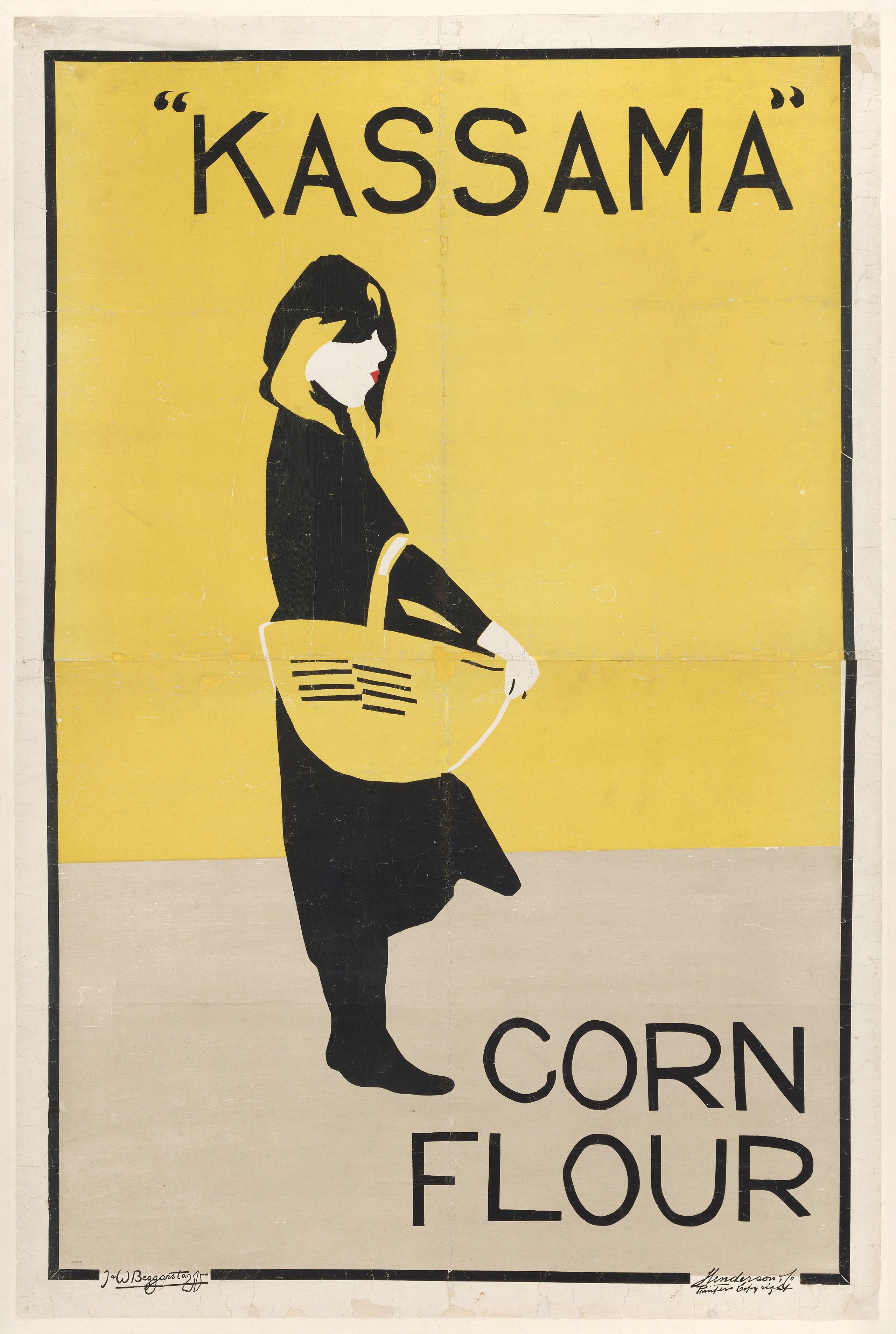
It reminds me of the posters that we have now like:


But of course, these are digitised while the Beggarstaffs worked with collages and paper cut outs.
The ‘Beggarstaffs’ made up of two artists: William Nicholson and James Pryde. Nicholson was English while Pryde was Scottish and they are brother-in-laws as Nicholson married Pryde’s sister. In 1894, they formed the ‘Beggarstaffs Bros.’ after seeing the word on a fodder sack and teamed up to create posters that were known for their bold simplicity. This was during the Art Noveau period where the use of curvilinear and floral shapes was abundant in posters.
Below are the posters ‘Gismonda’ by Alphonse Mucha and ‘Hamlet’ by the Beggarstaff Brothers. Both are produced in 1894, life sized and for theatrical productions but both are in very different styles. Mucha’s ‘Gismonda’ was in the Art Noveau style with the curvilinear and whiplash strokes and shapes while ‘Hamlet’ was done with stencil and painting over brown paper. ‘Hamlet’ compared to ‘Gismonda’ is very simplified and not ornamented at all, be it the illustration or the typography. It exemplifies how the Beggarstaffs went against the style of their time and created posters that are radically different.
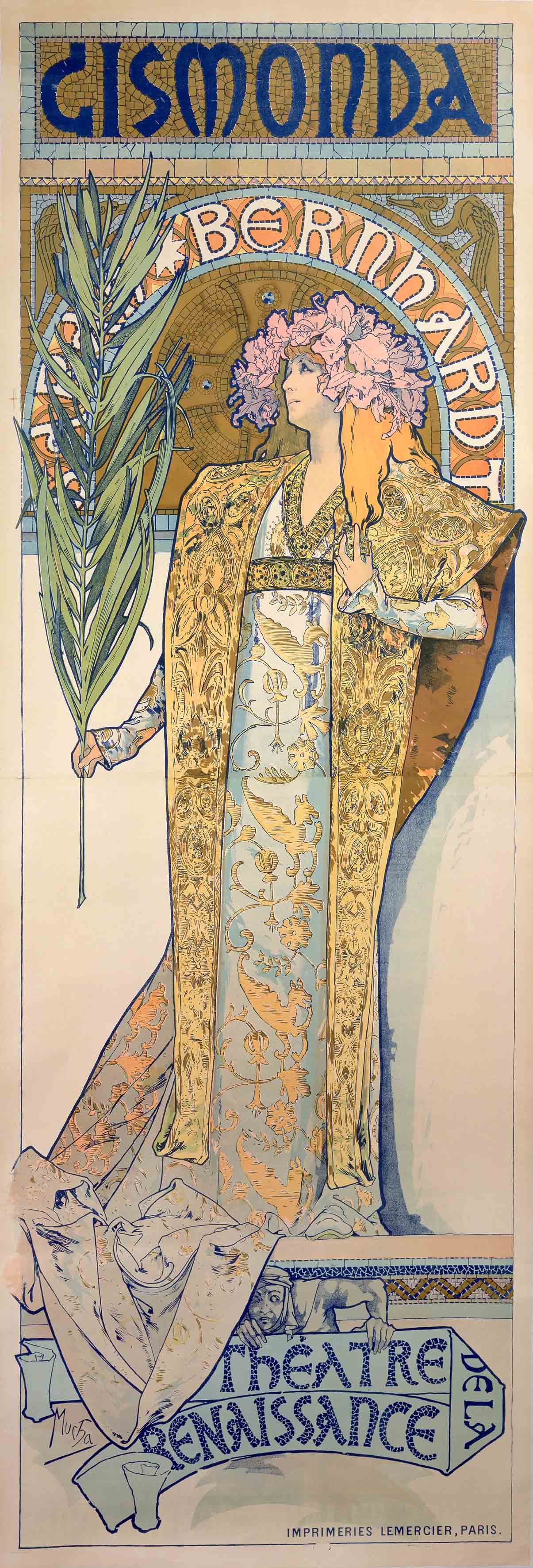
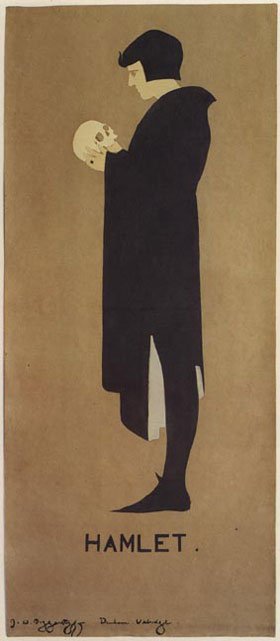
They were not the only ones who went against Art Noveau as Lucien Bernhard and Ludwig Hohlwein’s Plakatstil and Sachplakat (‘Poster Style’) also similarly advocated for simplification, flat colours and a focus on the central object being advertised (after the Beggarstaffs beginning around 1905 hence we can see their influence).
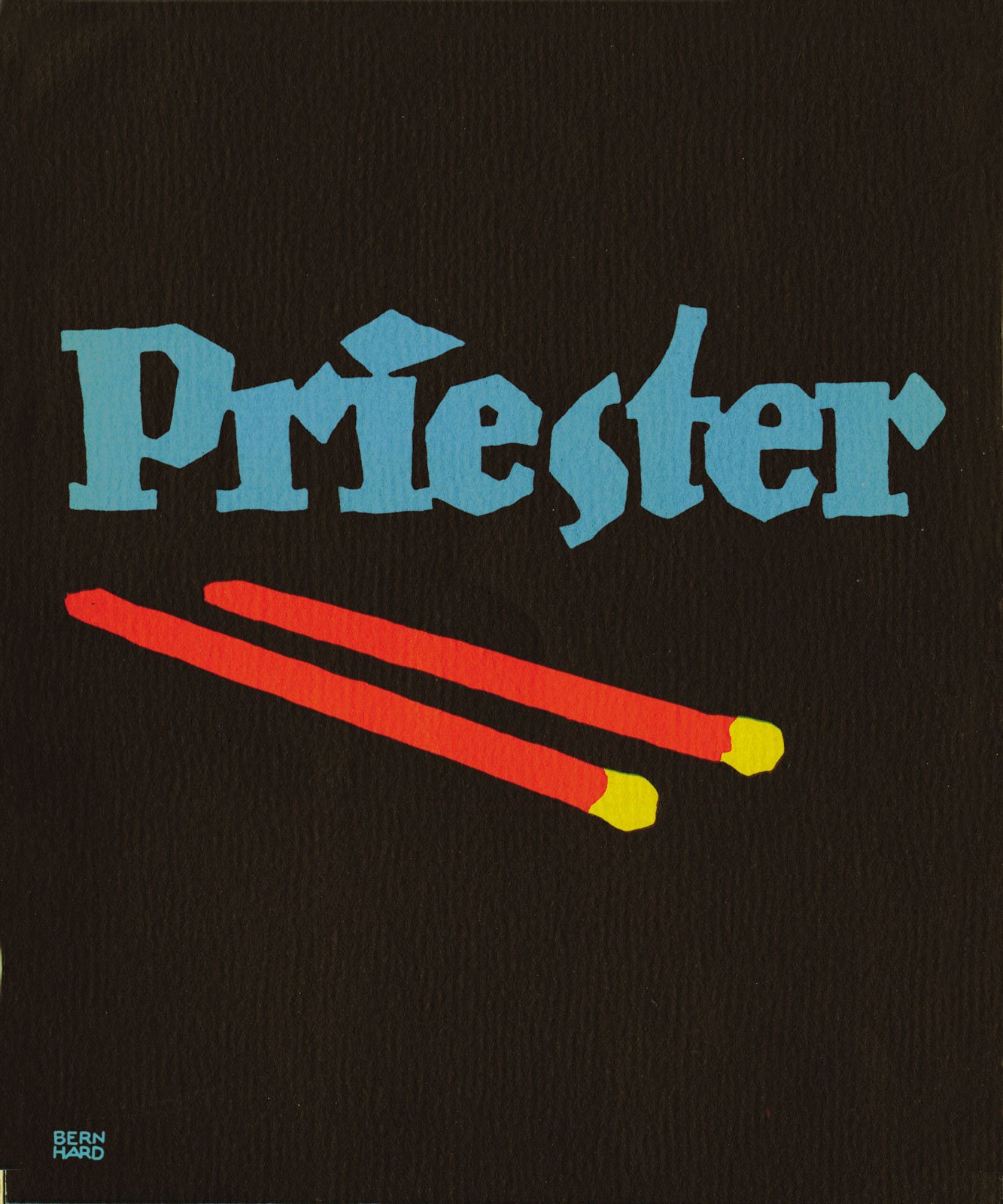
The Beggarstaff Brothers went their separate ways after five years as they were a commercial failure due to the boldness of their works but they were regarded highly for their influence and originality.
I think that the style of the Beggarstaff Brothers can be seen in today’s graphic design and posters. Instead of stencils and paper cutouts, we have vectorised designs that favours simplification and limited colour palette. The Beggarstaff Brothers’ influence can be seen in the art of modern artists like Malika Favre.
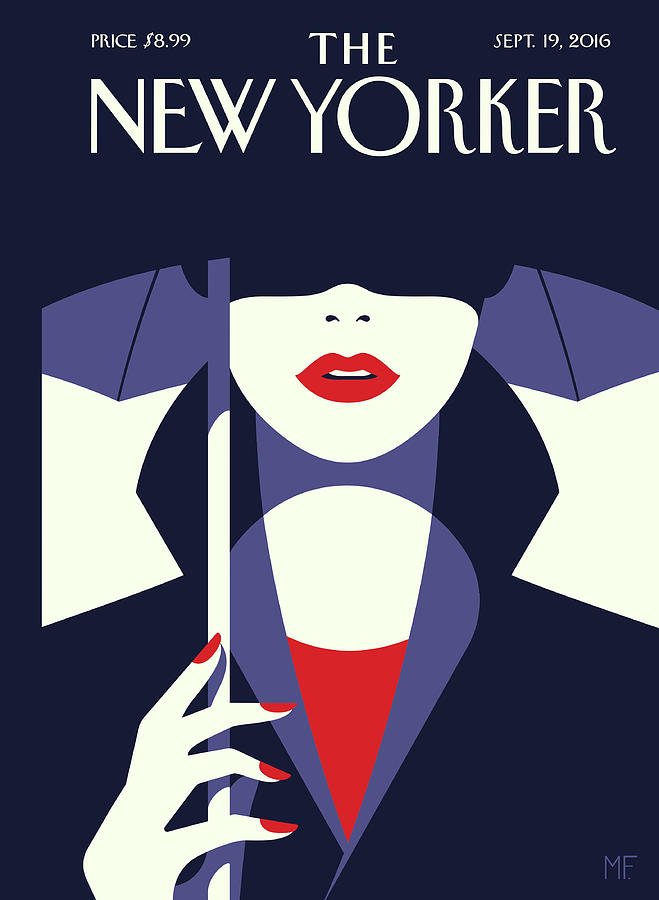
Personally, I feel like poster design today has become restricted by digitisation. More can explore a mixture of analogue and digital methods to fully utilise and combine the raw craftsmanship quality of art and the tools of digital illustration to create designs that are timeless.
References:
https://www.cam.ac.uk/beggarstaffs
https://beggarstaffs.com/biography/
Illustration Inspo — From the Beggarstaff Brothers to Ben Wiseman
http://illustrationart.blogspot.com/2011/02/beggarstaff-brothers.html
https://www.newstatesman.com/culture/art-design/2019/05/beggarstaff-brothers-posters-graphic-design-fitzwilliam-museum-cambridge-review
https://www.theartstory.org/movement/art-nouveau/history-and-concepts/
http://www.csun.edu/~pjd77408/DrD/Art461/LecturesAll/Lectures/Lecture06/Plakastil.html
https://www.malikafavre.com/
Featured Image: ‘Cinderella’ by the Beggarstaff Bros., 1895
https://i.pinimg.com/originals/f8/4e/55/f84e55016efab05a853989abaf171b5b.jpg

